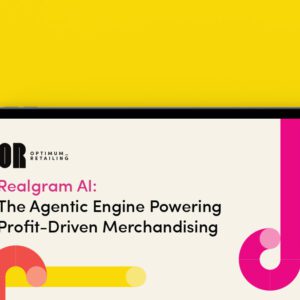By Danielle Brown, Points

Starbucks’ change to their iconic loyalty program this year went unnoticed by few. Instead of racking up a star per purchase, customers will now be awarded two stars for every dollar spent and can earn free items after accruing 300 stars. The announcement was met with resistance from its customers and the industry. But Starbucks is not alone in their move to a revenue based-loyalty program. Delta SkyMiles, American Airlines AAdvantage and other major air travel companies have restructured their earning model to be reflective of each dollar spent instead of distance traveled. Many other loyalty programs have and will follow suit. So how exactly do these programs work?
The intent of a revenue-based model is to reward the most valuable program members. The premise is simple: The more you spend, the more you earn. European carriers have been operating on revenue-based loyalty systems for some time, and the practice is coming stateside at a quickening pace.
A major element that many loyalty program members often overlook is the hierarchy of loyalty programs and adjusted earning potential. As customers shop more and more consistently with one brand, their rate of earning may increase along with their reward status. This is a huge area of consideration for businesses looking to revamp their loyalty models. It is important to cater to your most valuable customers, and implementing an adjustable earn rate does that without shorting your less frequent patrons.
Starbucks’ recent shift is interesting, because while it will take patrons longer to earn a free reward, it’s a more equitable treatment of all its members. For example, under the old system, if a customer were to purchase a tall blonde coffee twelve mornings in a row, they could get a free 101 Shot Espresso Latte (last time I checked this Starbucks’ most expensive drink!). In this case, they would receive the highest valued product by purchasing lower tier items. But let’s say every morning I drink a Venti Chai Vanilla Soy Latte — considerably more expensive than a tall blonde — and yet, the tall blonde drinkers are still earning and burning the same awards even though I am paying nearly four times more on a daily basis. Furthermore, their new program does a better job of outlining and distinguishing the loyalty hierarchy between Green and Gold Status and offers higher-valued rewards for more loyalty members.
Despite a poor initial reception from some very vocal customers, the risks of their revenue-based program are matched by a more equitable and fair system that favors their high-spending customers. Needless to say, Starbucks’ move is shaking up the status quo. How this change will play out for them in the long run is yet to be seen.
Danielle Brown is VP of Marketing at Points, a loyalty currency management solution provider. Via a state-of-the-art loyalty commerce platform, Points provides loyalty e-Commerce and technology solutions to the world’s top brands to enhance their consumer offerings and streamline their back-end operations.






